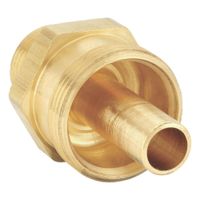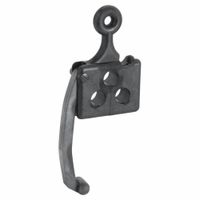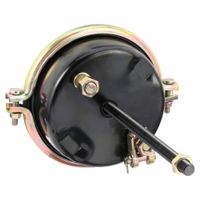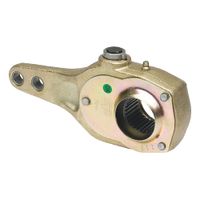- Home
- Fleet Vehicle Maintenance
- Tire Brake Maintenance
- Brake Service
- Air Brake Maintenance
Air Brake Maintenance
Air brake maintenance products support the repair of compressed air braking systems that are primarily used by trucks hauling heavy loads. Air brakes are the chamber mechanisms for generating compressed air. Air brake hose and cable supports extend the operating life of air brake lines by preventing .....Read More
Frequently Asked Questions
What are the common signs of air brake system failure?
How often should air brake systems be inspected and maintained?
What are the best practices for maintaining air brake hoses and cables?
How do you adjust air brake slack adjusters?
What are the recommended air brake maintenance products for heavy-duty trucks?
How can I prevent air brake lines from getting damaged during transport?
What are the legal requirements for air brake system maintenance on commercial trucks?



